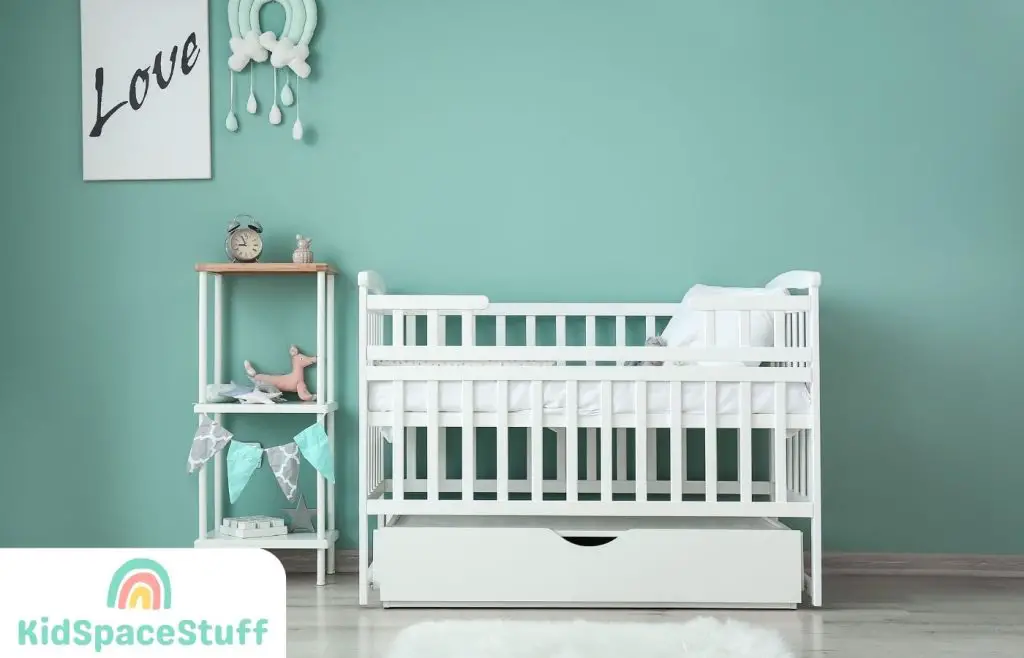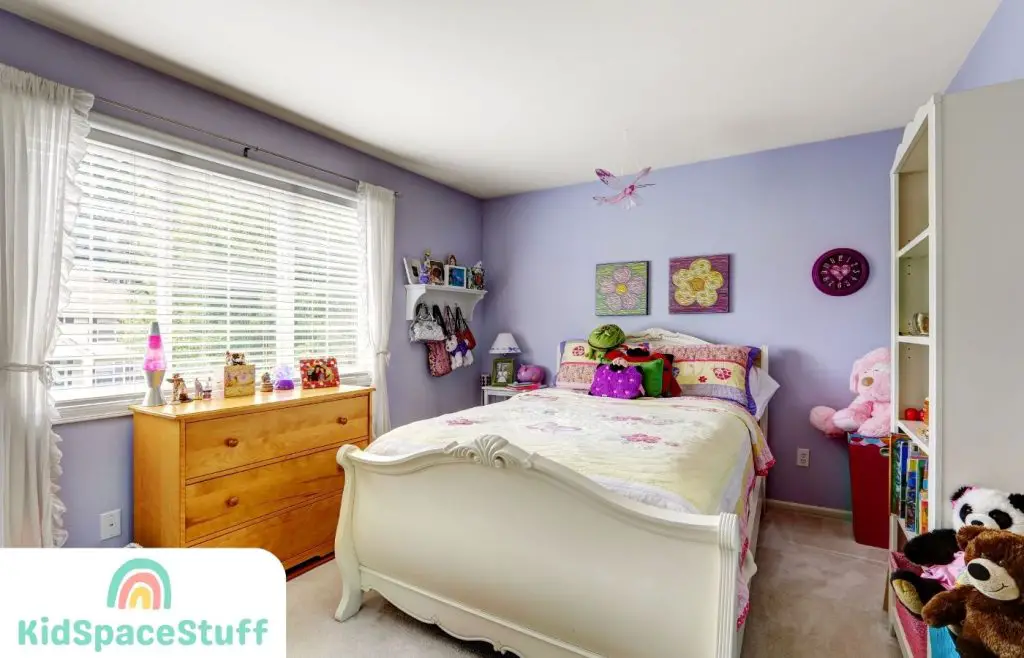As a seasoned interior designer, I have always found the use of color to be one of the most impactful elements in transforming a space. This is especially true when designing a child’s room.
Color affects our mood and perception, and for children, it’s an essential part of their sensory experience. Today, I’d like to share with you the magic of using analogous color schemes in your children’s rooms and why they can be a fantastic choice.
Understanding Analogous Colors
But first, let’s understand what analogous colors are.
When you look at a color wheel, analogous colors are the colors that sit next to each other. They tend to have a harmonious relationship because they share a common base color.
Using an analogous color scheme creates a serene and cohesive look, which can bring balance and tranquility to a child’s space.
Best Analogous Colors for Kids Rooms
Green, Yellow-Green, and Yellow

One of my favorite analogous color schemes involves shades of green and yellow. This scheme echoes the colors of a vibrant spring garden, bringing a touch of nature indoors. I find that this combination can stimulate a child’s creativity while also promoting a calm and balanced environment.
When using this scheme, I typically choose one dominant color and use the other colors to accent. For instance, painting the walls in a soft leaf green and adding furniture or accessories in shades of yellow and yellow-green. This creates a refreshing and vibrant environment, perfect for sparking your child’s imagination.
Blue, Blue-Green, and Green
For a more calming atmosphere, especially beneficial for children who may have trouble winding down, I recommend a blue, blue-green, and green analogous scheme. The blend of these colors often reminds us of the tranquility of a forest landscape or the calming effect of gentle waves at the beach.
To create depth, you might consider using a deeper hue such as navy or teal for larger furniture pieces like beds or wardrobes, and use softer shades of green and blue for the walls and accessories. The result is a peaceful room that encourages relaxation and restful sleep, a godsend for any parent.
Yellow, Yellow-Orange, and Orange
For the child who is full of energy and life, a color scheme of yellow, yellow-orange, and orange can match their vibrant spirit. This scheme mirrors the brilliance of a sunrise, adding warmth and vivacity to the room. It’s a wonderful choice for children who enjoy dynamic and stimulating environments.
One way I like to implement this scheme is by using a sunny yellow on the walls, balanced with touches of orange and yellow-orange in the bedding, rugs, or curtains. This invites a sense of joy and optimism, providing a stimulating environment for play and active learning.
Violet, Red-Violet, and Red

For a space that feels soft, dreamy, and a little bit magical, a scheme with violet, red-violet, and red is hard to beat. These colors often remind us of a serene twilight sky, evoking a sense of mystery and wonder.
When using this scheme, a gentle violet is a wonderful choice for the walls. The color red can then be introduced subtly through accessories and art, while red-violet makes for beautiful and distinctive upholstery. This palette can inspire creativity and introspection, perfect for your little dreamer or budding artist.
In each of these schemes, the use of analogous colors creates a harmonious feel, essential for a child’s room. They offer enough contrast to keep things interesting, but because the colors are related, the overall effect is more soothing than shocking. This balance can help children feel comfortable and at ease in their personal space.
Want more help picking a color for your kids room? Check out the video below!
Final Thoughts
Designing a child’s room is a delightful process filled with opportunities for creativity. By opting for an analogous color scheme, you are choosing a path that fosters harmony and unity, yet allows for plenty of individuality. After all, each child is unique, and their rooms should be a testament to their vibrant spirits. Happy decorating!
KidSpaceStuff is a site dedicated to helping parents find the best interior design, activities, and inspiration for their kids.